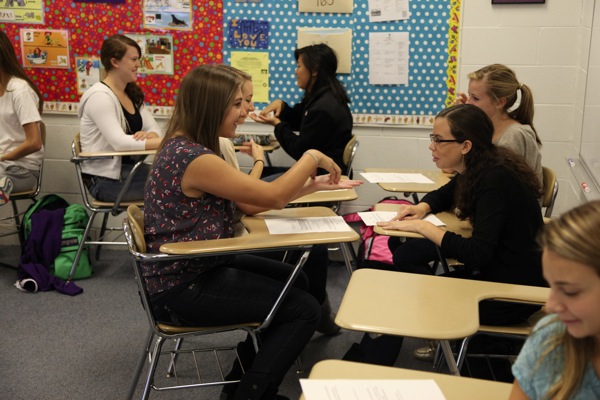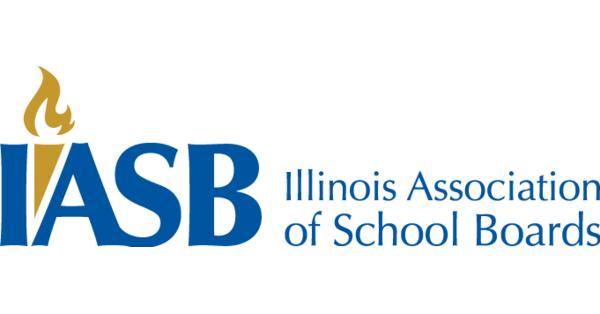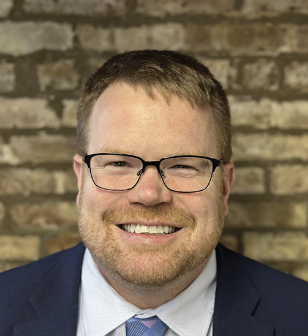During the school year, American Sign Language (ASL) students are given the opportunity to step outside the classroom and put their sign language skills to use within the Deaf community.
According to ASL teacher Rosemarie Carsello, all students currently enrolled in an ASL course are required to attend at least one 90 minute Deaf community event during the school year. Following the event, the student must write a reaction paper on their experience.
“I encourage [the ASL students] to do at least one [event] and they may choose more than one,” Carsello said.
The first event, on Oct. 2, is a Chicago Catholic Ephpheta (CCE) Women’s Luncheon for females only. This luncheon will give female ASL students a chance to socialize in sign language with Deaf women while enjoying a prepared meal.
“[This event] will be a little scary, it will be a little awkward, but it will make [ASL students] take some risks and get a little bit out of their comfort zone,” Carsello said.
“But everyone always comes back very positive about their experience.”Freshman Monica Masini plans to attend the CCE Women’s Luncheon. As this is Masini’s first year learning sign language, she is nervous about attending this event.
“I am worried that I may not be able to understand some of the signs that they are trying to sign to me,” Masini said. “I hope that I am able to use the words that I know to communicate with the Deaf women.”
Other upcoming events include a Thanksgiving dinner in November, an Advent for Deaf children in December, and a Deaf Volleyball Tournament in April.
According to Carsello, the Thanksgiving dinner is one of the more popular events. On Thanksgiving morning, ASL students and Carsello will go to a Chicago Deaf Center to serve a “Thanksgiving dinner” in the morning.
“Students come [to the Thanksgiving dinner], their parents come, their siblings come,” Carsello said. “Students who have graduated from college come back because it is a really nice event. We just serve food, so you do not have to have a lot of language [skills] if you are a new student.”
Carsello sees value in taking what students have learned and applying it out of school.
“[Taking part in these Deaf events] is completely different than when you have class for 45 to 50 minutes of sign language,” Carcello said. “[ASL students] become very comfortable [speaking in the classroom] with me and then to go out with other students into the world [to practice ASL]. I see the value in [taking part in these Deaf events]. You can’t substitute it.









